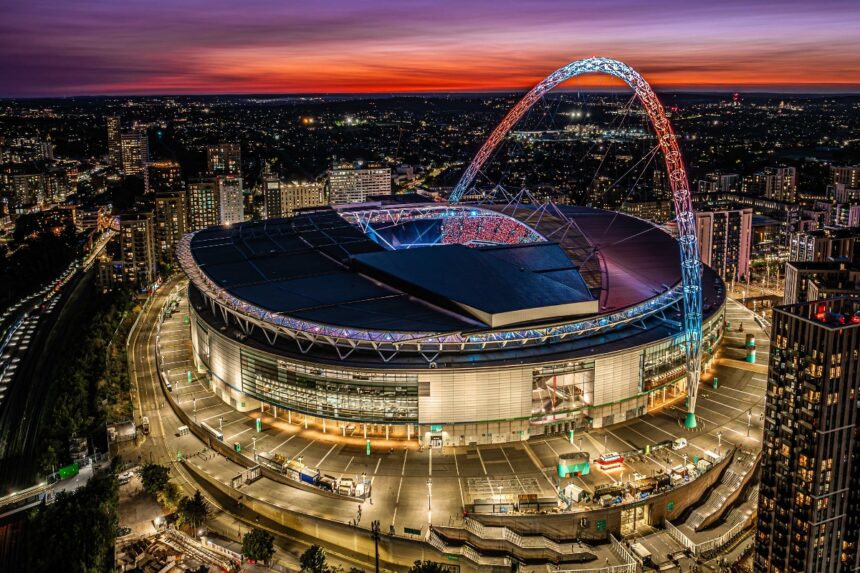The most important soccer stadiums on the planet are not only known for their capacity or history, but also for offering a first-class experience.
Here, QueOnnda.com shows you the 10 most emblematic stadiums in the world in 2025.
1. Wembley Stadium
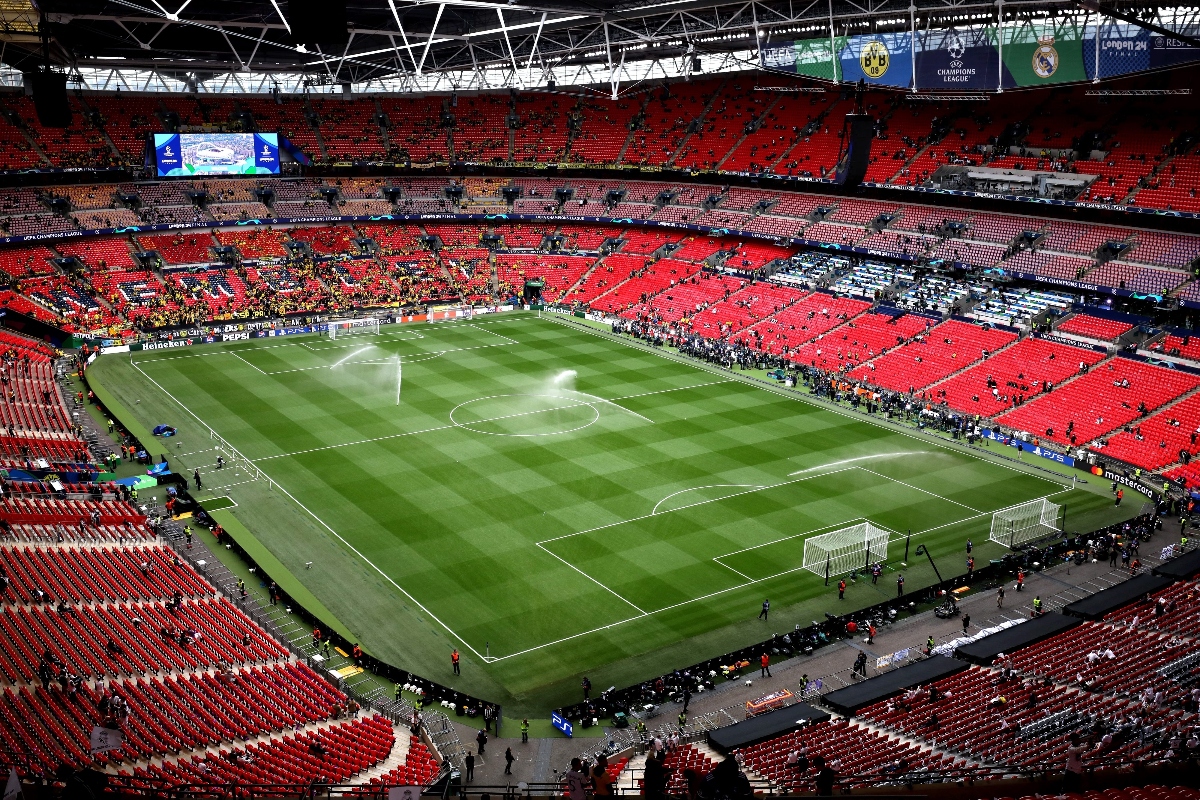
Capacity: 90,000
Inaugurated in 2007 (reconstruction of the original 1923). It is England’s national stadium and the venue for FA Cup, Euro and Champions League finals.
Its hybrid turf combines natural and synthetic, ideal for intensive use.
It has an iconic 133-meter arch visible throughout London.
2. Maracana Stadium

Capacity: 78,838
It hosted the finals of the 1950 and 2014 World Cups.
In 2025, its infrastructure has been reinforced with modern seating and hybrid turf, improving its functionality without losing the soul of South American soccer.
Regular home of Flamengo and the Brazil national team.
3. Centenario Stadium
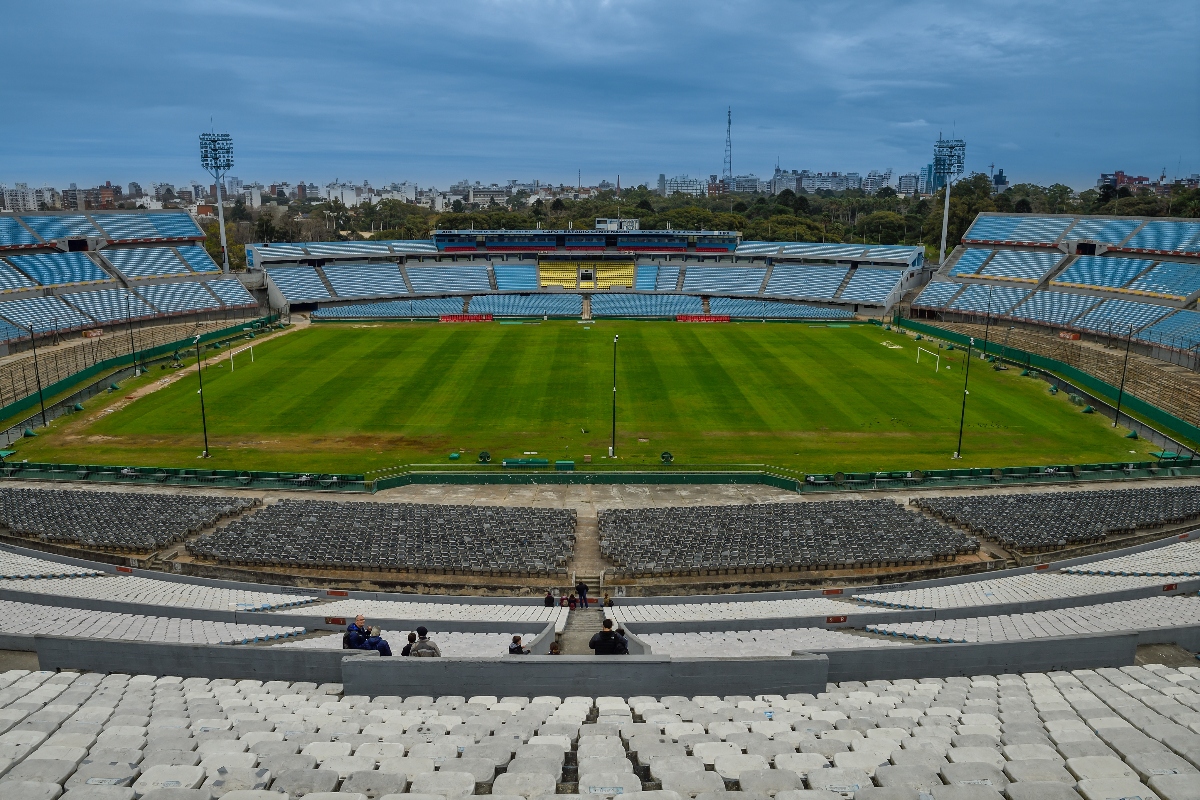
Capacity: 60,235
Built for the 1930 World Cup in Montevideo, Uruguay, it is a FIFA icon.
hile maintaining its historic façade, it has been renovated with new access, LED lighting and mixed turf.
Official home of the Uruguayan national team and Copa Libertadores matches.
4. Santiago Bernabeu

Capacity: 85,000
Following a multi-million dollar renovation completed in 2023, it is now a smart stadium:
Retractable roof, retractable lawn with moving platform and 360° screens.
Home of Real Madrid in Spain and multiple global events, including concerts and eSports.
5. Spotify Camp Nou

Capacity: 99,354 (under renovation)
The largest in Europe.
In 2025, FC Barcelona continues to play at the Estadi Olímpic while Camp Nou modernization works continue.
It will include a complete roof, new bleachers and hybrid turf. Estimated reopening: 2026.
The most important football stadiums on the planet do not only stand out for their capacity or history
QuéOnnda.com
6. Aztec Stadium
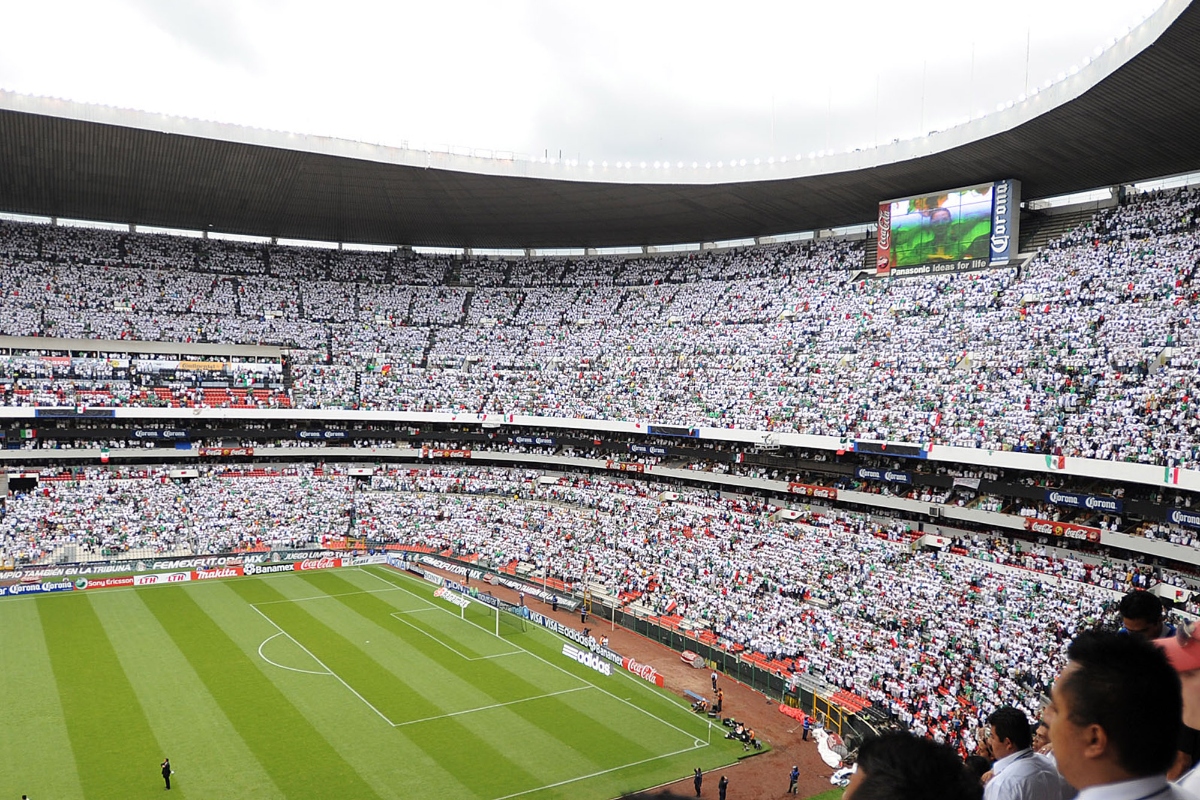
Capacity: 83,264
The only stadium in the world to have hosted two World Cup finals (1970 and 1986).
It will host the 2026 World Cup and is located in Mexico City.
In 2025, it is undergoing structural and technological improvements. It uses hybrid turf and maintains its double ring structure.
7. San Siro / Giuseppe Meazza

Capacity: 75,923
Home of Inter and Milan in Italy, it remains operational in 2025 despite plans to demolish it for a new stadium.
It uses mixed turf and subway heating.
Its brutalist architecture and acoustics make it ideal for matches and massive events.
8. The Bombonera
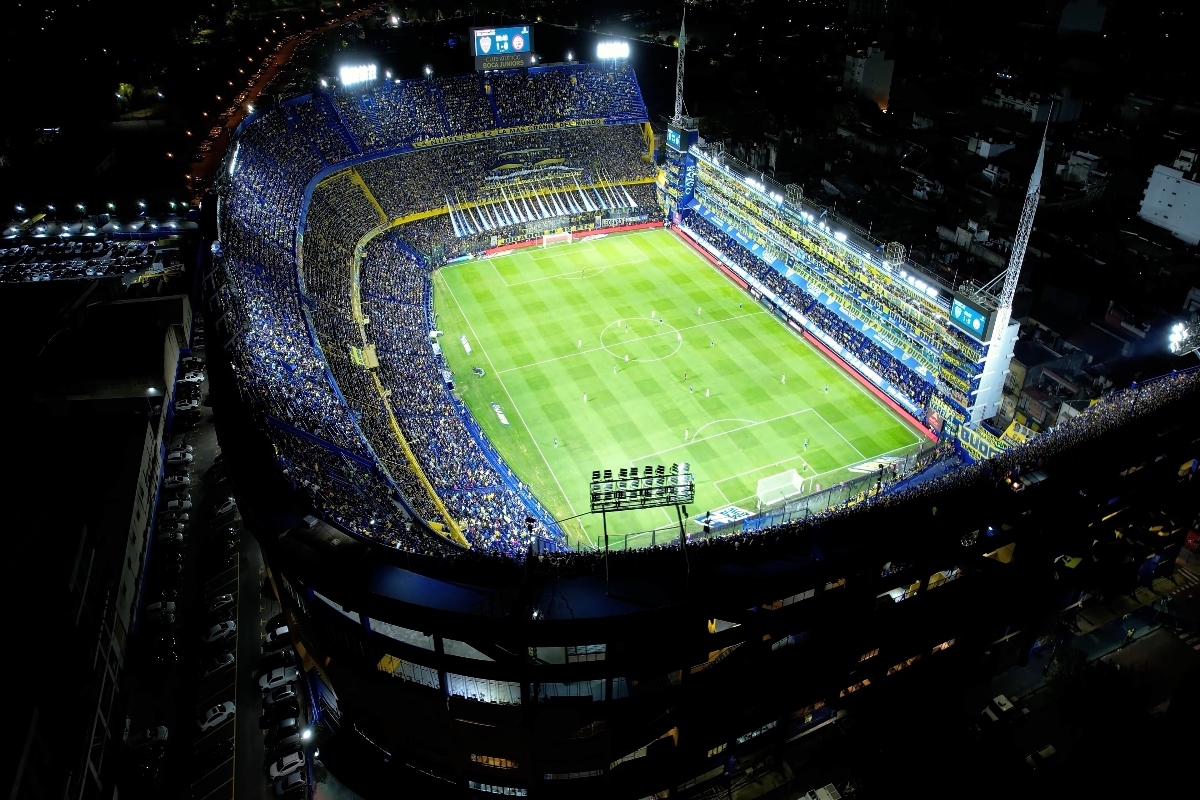
Capacity: 54,000
Boca Juniors Club Stadium in Buenos Aires, Argentina.
Known for its intense atmosphere, it is surrounded by history.
A possible expansion is being evaluated to meet new FIFA requirements.
Its unique vertical structure makes it one of the most intimidating in the world.
9. Celtic Park
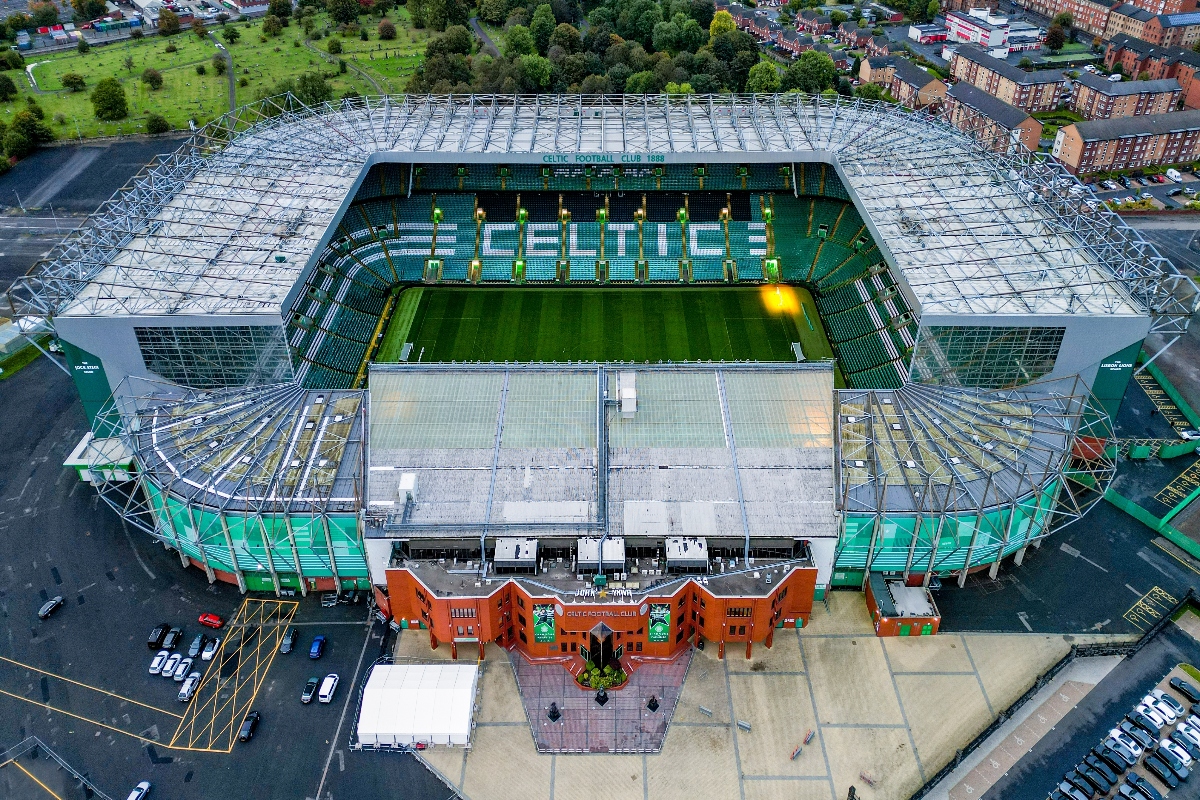
Capacity: 60,411
It is the largest stadium in Scotland and home of Celtic FC.
Renovated in infrastructure and accessibility, with natural grass heating.
It is a regular venue for UEFA qualifiers and international concerts.
10. Anfield
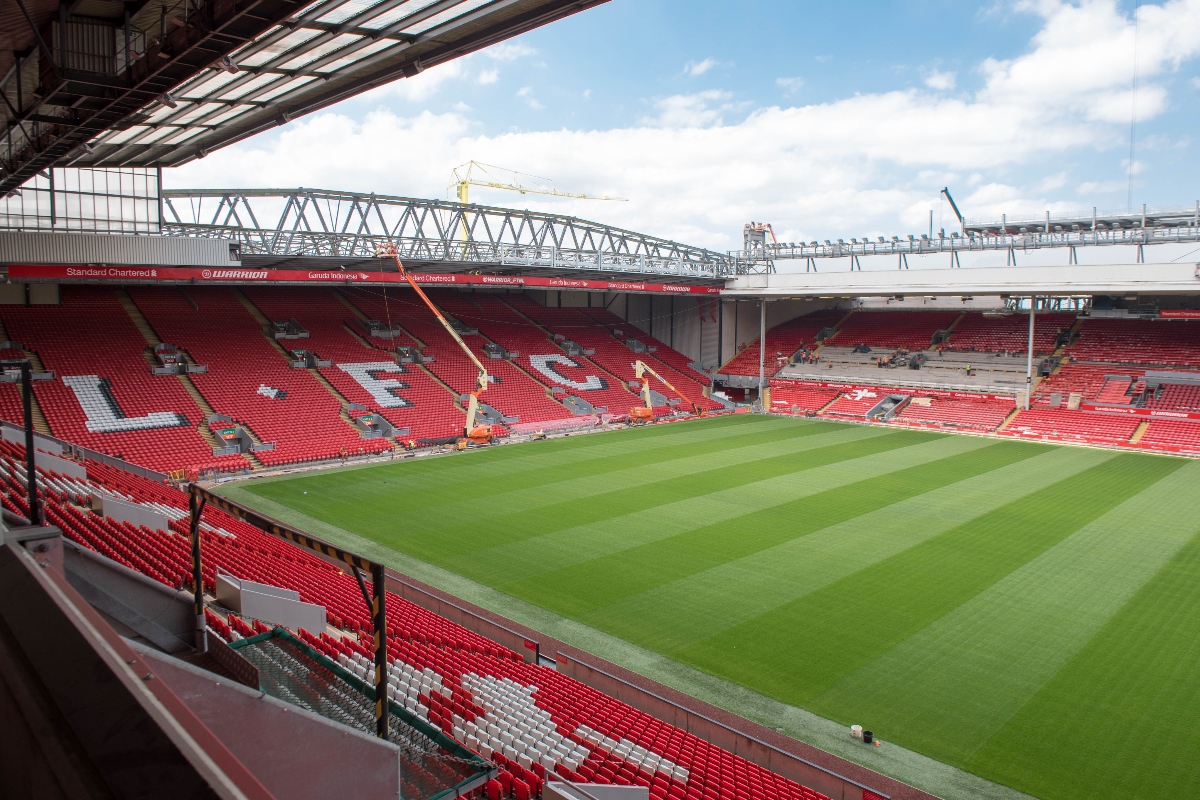
Capacity: 54,000 (after expansion of the Anfield Road End)
Historic Liverpool FC stadium in England.
Hybrid turf, high-definition LED screens and a renovated sound system.
It remains one of the most vibrant venues in the world.
Its famous “The Kop” stand is part of English soccer folklore.
These soccer stadiums not only represent their teams and countries, but have been adapted to 21st century standards:
Energy efficiency, hybrid turf, accessibility and advanced technology.
These are stadiums that thousands of U.S. Hispanic residents dream of visiting, especially with events like the 2026 World Cup on the horizon.



